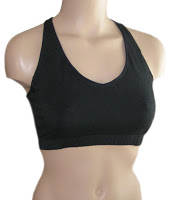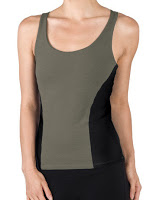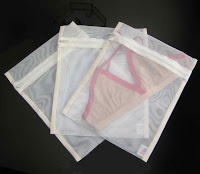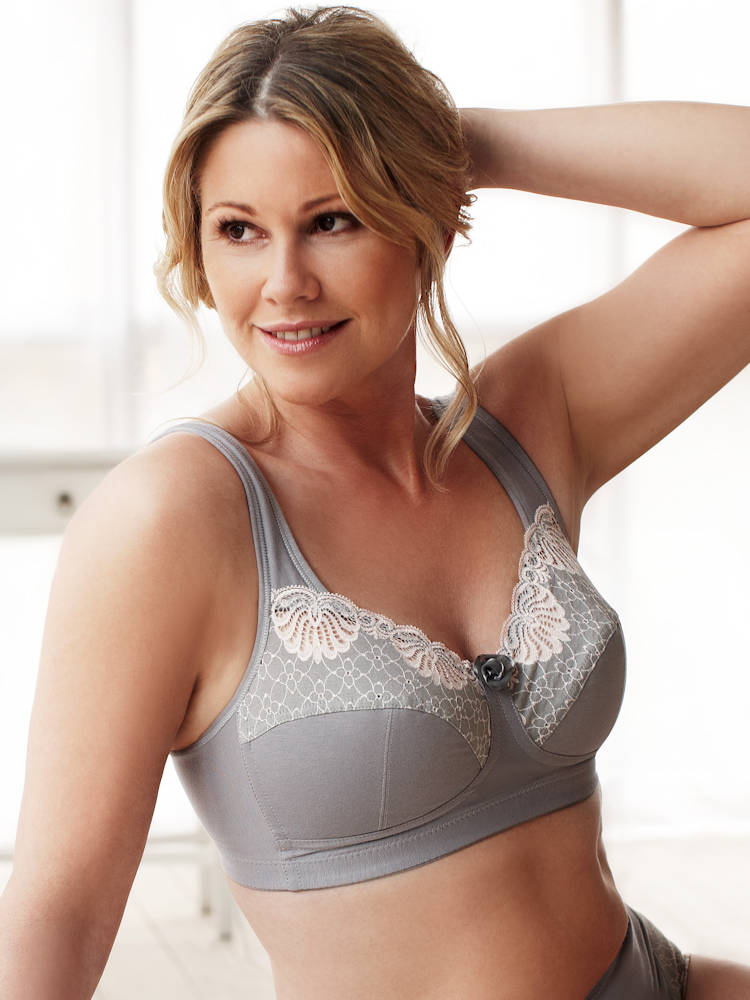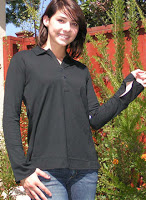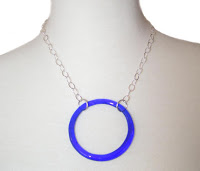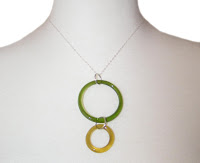We’re thrilled to announce a new line of organic cotton underwear purposely designed to help folks with chemical sensitivities and skin contact allergies. We have 7 products in this new line (2 for men) and we’re giving away a few items for our customers to try out and review!
Give-a-way 1 – The Allergen-Free Drawstring Bra

This bra is not only latex-free and spandex-free, but it actually contains no elastic whatsoever, using a drawstring design instead to hold it closed. Sizes are marked 34B, 36B, 38B, 38C, 40C, 42C and 40DD, though the manufacturer claims they run a little on the small side. We’ll work with you to pick the right size and then hopefully you can provide some feedback on the fit.
Give-a-way 2: The Allergen-Free Front Close Bra

This bra is does contain a small amount of elastic at the straps and under the bust. However, the elastic is fully covered in organic cotton and contains no latex or spandex. Sizes again run from 34B – 40DD.
TO ENTER: Leave a comment on this blog post including an e-mail address or phone number or some way to get in touch with you. (Note, if we can’t figure out how to tell you that you’ve won, we’ll have to pick someone else.) Contest ends Monday, April 25, 2011. Drawing will be held on Tuesday with the winner announced in the comments section.
There will be 2 winners – 1 for each bra. If you only want to be consider for one of the bras, please let us know. Otherwise, everyone gets in the draw for both picks.
Allergen Free Design Features:
- Latex free and spandex free for sensitive skin
- Bra #1 is also completely elastic free
- Bra #2 has hypo-allergenic plastic front closures for easy wear
- Purified organic cotton process
- Double-layered cotton lining
- Covered Seams prevent rubbing and agitation
- Irritation-Free label for sensitive skin
- Textile Dye-free & Resin-free for sensitive skin
Please, please pass this contest info along to anyone you know who might have skin contact allergies. We’re excited to get feedback both from women who just want to try them for fit and also from anyone who really needs the extra attention to what goes into their clothing.

